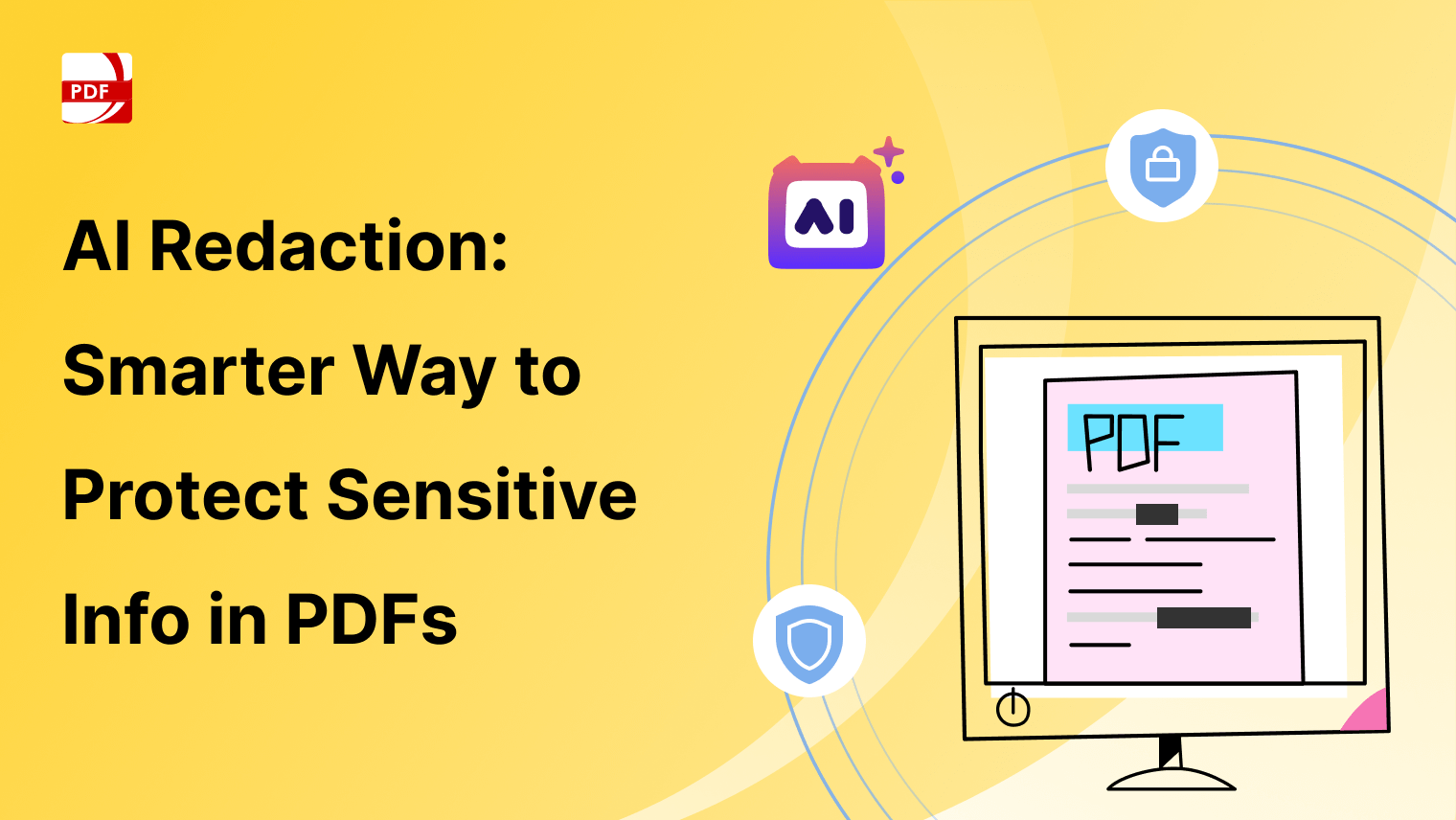Adding page numbers to a PDF document in Adobe Acrobat enhances its readability and organization, making navigating and referencing specific sections easier.
This simple guide walks you through the steps to easily insert page numbers, whether you're compiling a report, a manuscript, or any comprehensive document.
How to Add Page Numbers in Adobe Acrobat
Adding page numbers in Adobe Acrobat is a simple and effective way to organize and enhance the user experience of your PDF documents. You can easily add page numbers to your files with just a few steps. Here is a step-by-step guide to help you add page numbers in Adobe Acrobat:
Step 1: Open Your Current PDF Document
Launch Adobe Acrobat on your computer. Click on the "File" button and click on "Open File...".
Image Source: Adobe Acrobat
Step 2: Edit the PDF
On the top menu bar, click on "Tools". In the Tools pane on the right side, click on "Edit PDF".
Image Source: Adobe Acrobat
Step 3: Add Page Numbers
In the editing options, click on "Add Page Numbers" from the menu on the left side. Choose whether you want to add the page numbers to the header or footer, and layout.

Image Source: Adobe Acrobat
Step 4: Apply the Changes and Save the Document
Once you are satisfied with the layout and appearance of the page numbers, click on the "OK" button. Save the document by clicking on the "File" button in the menu bar and selecting "Save".

Image Source: Adobe Acrobat
Best Practice for Adding Page Numbers to Adobe Acrobat
Working with Adobe Acrobat efficiently involves adopting best practices to enhance your productivity, ensure document accuracy, and optimize your overall experience. Here are some key best practices for working with Adobe Acrobat:
1. Keep Your Software Updated:
Regularly check for updates and install the latest version of Adobe Acrobat. Updates often include security patches, bug fixes, and new features that can improve your experience.
2. Understand the Interface:
Familiarize yourself with the Adobe Acrobat interface. Learn where essential tools and features are located to navigate efficiently and access the functions you need.
3. Use Keyboard Shortcuts:
Adobe Acrobat offers various keyboard shortcuts that can significantly speed up your workflow. Learn commonly used shortcuts for tasks such as zooming, navigating pages, and selecting text.
4. Optimize PDFs for Web Viewing:
If you intend to share PDFs online, use the "Optimize PDF" feature to reduce file size without compromising quality. This ensures faster loading times for viewers.
5. Secure Your PDFs:
If your PDF files contain sensitive information, use Adobe Acrobat's security features. Password-protect documents, set permissions, and redact sensitive content to ensure confidentiality.
6. Utilize OCR for Scanned Documents:
If you have scanned documents or images, use Adobe Acrobat's Optical Character Recognition (OCR) feature to convert them into searchable and editable text.
7. Organize with Bookmarks and Thumbnails:
Add bookmarks and use the thumbnail view to improve document navigation. This is especially helpful for lengthy documents, making it easier to jump between sections.
8. Explore Commenting and Annotation Tools:
Take advantage of commenting and annotation tools for collaboration. Use highlights, comments, stamps, and other features to provide feedback or make notes on PDF files.
9. Optical Character Recognition (OCR):
Use OCR to convert the content into searchable and editable text for scanned or image-based PDF files. This can be invaluable for editing and extracting information.
PDF Reader Pro is a fantastic alternative to Adobe Acrobat, offering a blend of user-friendly interface, powerful features, and cost efficiency that Acrobat struggles to match.

I find PDF Reader Pro's Bates numbering feature invaluable for my document management tasks. This tool allows me to systematically label and organize documents for easy identification and retrieval, which I frequently do in my work.
The ease and precision with which PDF Reader Pro handles Bates numbering not only saves me a significant amount of time but also enhances the overall organization of my document archives.

You can also check our article resource for more information on How to Export Figma to PDF.
Adding Page Numbers to Adobe Acrobat: FAQs
Can I customize the appearance of page numbers in Acrobat?
Yes, Acrobat allows you to customize the font, size, and position of your page numbers. When adding a header and footer, you can select your preferences for how the page numbers appear.
Is it possible to add page numbers to multiple PDFs simultaneously?
While Acrobat primarily adds page numbers to individual documents, you can use the "Action Wizard" tool to create an action for adding page numbers and apply it to multiple PDFs in a batch process.
How do I add page numbers starting from a specific page?
In the "Header & Footer" settings, you can specify the page range for the numbering and set a different starting number under the "Page Number and Date Format" options.
Can I add page numbers without overwriting existing content?
Acrobat's page numbering does not automatically overwrite existing content. However, you should choose the position of the numbers carefully to avoid overlap. Preview the placement before applying it to your entire document.
How do I remove page numbers from a PDF in Adobe Acrobat?
To remove page numbers, go back to the "Header & Footer" option under "Edit PDF" and select "Remove."








 Free Download
Free Download  Free Download
Free Download 





 Support Chat
Support Chat